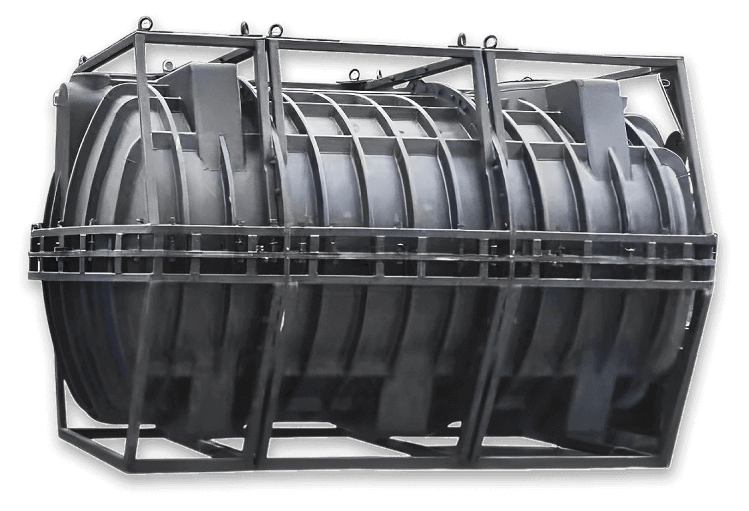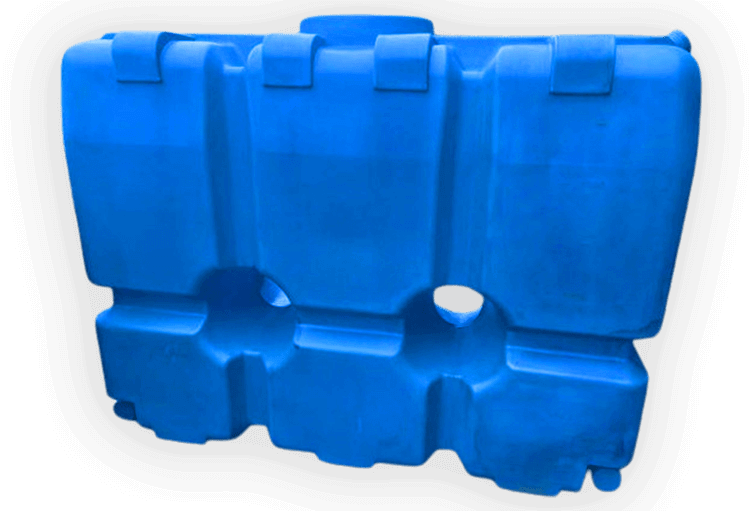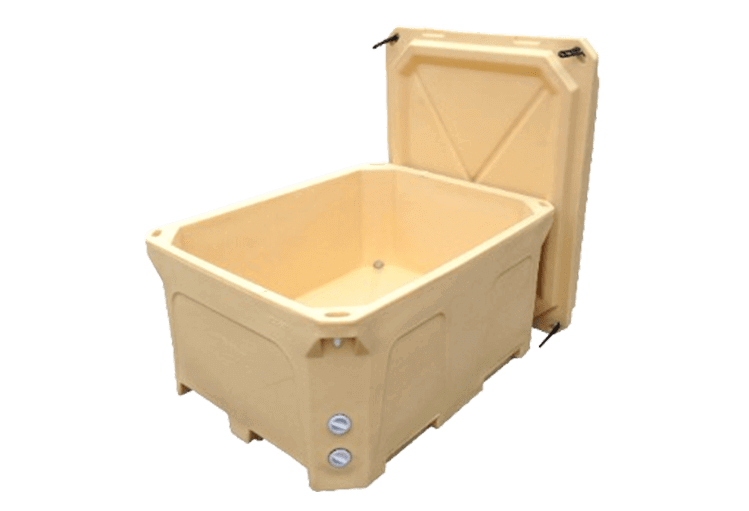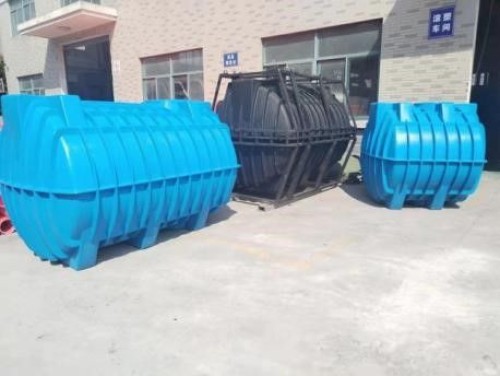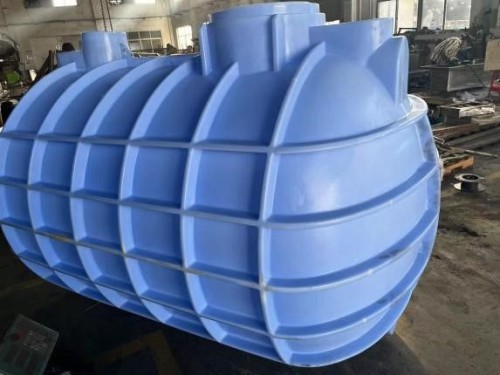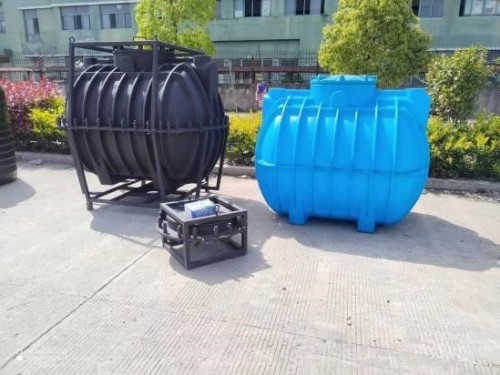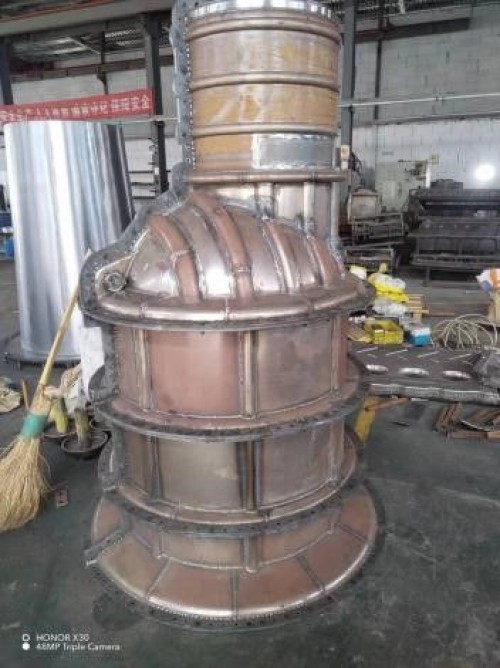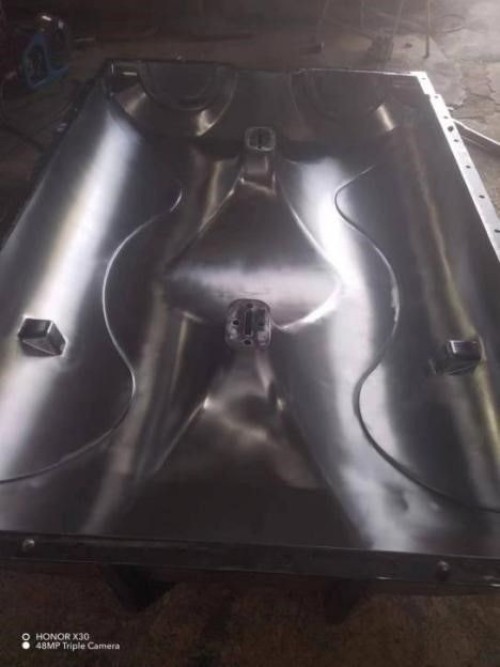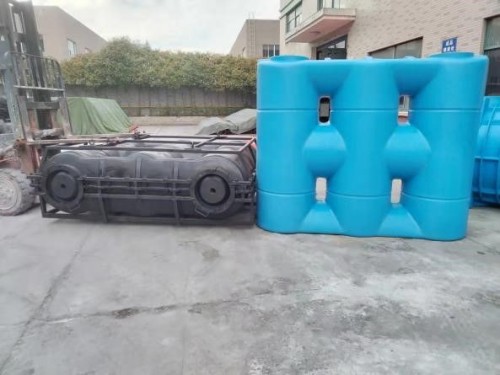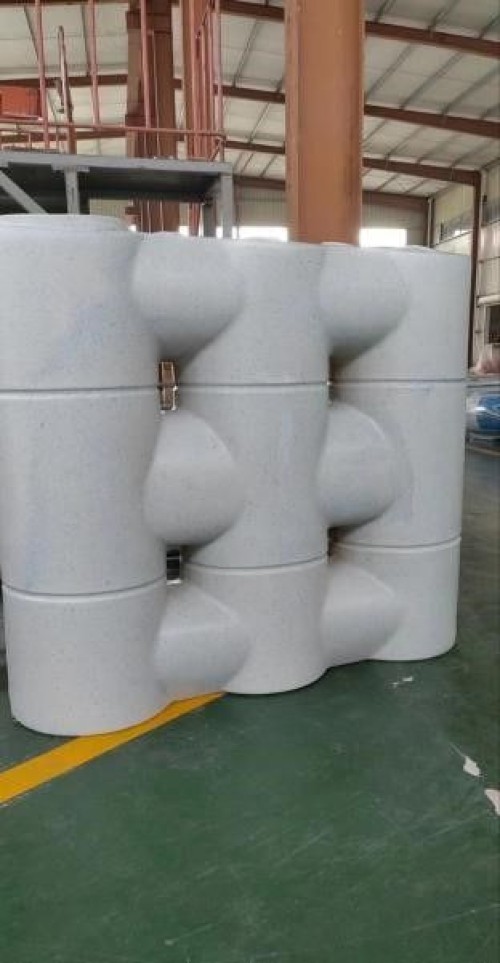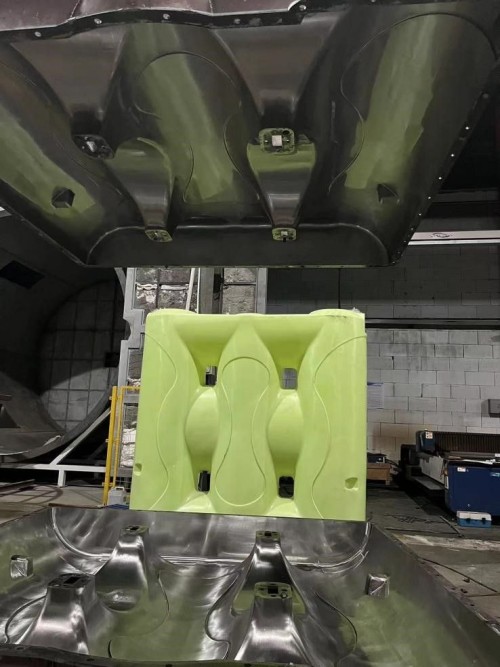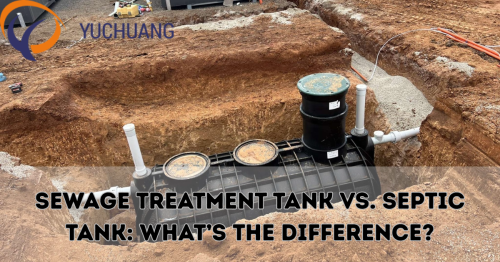 Admin
Admin
The function of sewage treatment tank and septic tank is almost the same. However, their job is to separate wastewater into solid and liquid forms. After that, it sends that liquid into the ground by a soakaway. Nonetheless, the sewage treatment tank has a specialty. It cleans the water more nicely. So, the liquid that is sent back to the environment is much cleaner and safer. This goes through a three-stage process. The first stage is just the same as a septic tank. In it, the water from our houses flows into the first chamber. There, gravity filters the water and eliminates solids from the liquid. In this step, the solids go down to the depth of the water, and the liquid stays up. Now you would be thinking, what would happen to the solid particles after that? Well, they will be carried away by a professional later. Then, here comes the second stage. In it, the liquid goes to a new chamber, and air is pumped in there. There, the growth of good bacteria takes place, which helps cleanse the water. In simple words, these bacteria assist in breaking down the remaining waste. In the third and last step, the water now flows into the final chamber. In it, the bacteria go down to the bottom of the chamber after finishing their work. A few bacteria from them are then sent back to the first chamber to restart the water-cleaning process. After that, the clean water is all ready to be safely sent into the environment. What is a Septic Tank? A septic tank is an underground chamber that treats wastewater from a household or a building. It acts as a basic treatment system. It takes place when an old sewer line is not available. It’s basically a temporary holding place. There, solids sit at the bottom of the chamber. On the other side, the bacteria break down organic matter before the cleaned water is discharged. That discharge is then drained or Lichfield. It happens for more cleaning process by the soi. Moreover, the material of a septic tank is plastic, fiberglass, or concrete. How it Functions ➤ The water from toilets, showers, and sinks goes into the septic tank. ➤ If we take a look inside the tank, we will be able to see something. We see that the solid particles are sat down in the depth, and sludge is floating on the surface as scum. ➤ The remaining liquid is called effluent. It flows in the drainfield or soakaway system for more automatic cleaning of the soil. Main Elements ➤ Anaerobic Process: Functions without oxygen. ➤ Low Upkeep: Needs maintenance after every 1 to 3 years. ➤ Passive System: No mobility of parts or electricity is needed. ➤ Dependent on Soil: Drainage is necessary for final filtration/cleaning. What is a Sewage Treatment Tank? A sewage treatment tank, aka sewage treatment plant, is a more enhanced system that cleanses wastewater to next-level standard before emitting it into the environment. How it Functions When dirty water flows into the treatment tank, passing by more than one stage of treatment: ➤ Basic Settlement: Solid particles settle out. ➤ Aerobic Biological Treatment: Bacteria break down organic substances with the help of oxygen. ➤ Last Clarification: Filtered water is divided from remaining solid particles. The result is clear, processed water that can mostly be emitted directly into a watercourse (depending on local regulations). Main Attributes ➤ Aerobic Process: Needs oxygen and mechanical elements. ➤ High Proficiency: Eliminates 95%+ of organic pollutants. ➤ Requires Power: Electric pumps or blowers are typically involved. ➤ Frequent Servicing: Upkeeping is necessary for best performance. Pros and Cons Septic Tank: Advantages ➤ Minimalist Design: Convenient to fix and operate ➤ Low Operational Cost: No power is required ➤ Lower Upkeeping: Desludge every few years ➤ Good for Villages: Perfect for houses located far from main sewer systems. Septic Tank: Disadvantages: ➤ Restricted Treatment: Discharging is still dirty and requires more soil fertilization. ➤ Dependent on Soil Conditions: Bad drainage can be the reason for system failure. ➤ Environmental Risk: Leaching into the groundwater can be the reason for contamination. ➤ Not Appropriate for Small Sites: Need space for a huge soakaway. Sewage Treatment Tank: Advantages ➤ High Cleaning Standard: Makes clean, safe effluent. ➤ Eco-Friendly: Minimizes pollution risks ➤ Portable Design: Appropriate for sites with restricted space ➤ Regulation Compliance: More chances of meeting emitting permits and environmental regulations Sewage Treatment Tank: Disadvantages ➤ Higher Cost: Fixing and running expenses are superior ➤ Complicated System: Requires frequent checks and servicing ➤ Electricity Needed: Possibility of getting affected by power outages ➤ Not Suitable for Off-Grid Areas: Unless integrated with solar or other power sources When to Choose a Septic Tank A septic tank can be best for you if: ➤ You reside in a village with a large land ➤ Local soil conditions support good drainage ➤ You want a low-cost, low-upkeep system ➤ Emitting to a soakaway is allowed in your area ➤ There is no need for high-level dirty water cleaning Remember that numerous countries are tightening wastewater emission regulations. In some locations, new septic systems are no longer permitted unless paired with additional filtration or cleaning units. What is the Right Time to Opt for a Sewage Treatment Tank? A sewage treatment tank is a great option if: ➤ You are near watercourses or environmentally sensitive locations ➤ Local regulations need top-notch treated effluent ➤ Your site is small and can’t take in a large soakaway ➤ You are constructing new and want long-term environmental protection ➤ You are planning for multi-residence or commercial use with higher wastewater volumes Environmental Considerations Septic Tanks: Septic tanks highly depend on natural soil filtration to eliminate dangerous substances. If badly upkeeped or improperly fixed, they can: ➤ Pollute groundwater ➤ Damage aquatic ecosystems ➤ Cause bad smells and health risks Sewage Treatment Tanks These systems break down dirt and create cleaner output, making them: ➤ More appropriate near lakes, streams, or rivers ➤ Safer for the environment ➤ Convenient to detect compliance In many areas, such as the UK, EU, US, and Australia, government regulations increasingly favor treatment systems that meet strict discharge standards. These standards mostly need: ➤ Frequent testing of effluent ➤ Proof of upkeeping and desludging ➤ Restrictions on direct emissions from septic tanks Final Decision: Which One is Better? To the reply of this question, there is no precise answer. However, it depends on your needs, site conditions, budget, and local rules. ➤ If you want a simple, budget-friendly, and off-grid solution, go with a septic tank ➤ If you want cleaner water, economical friendliness, and regulation compliance, go with a sewage treatment tank Wrap Up Making a choice between a septic tank and a sewage treatment tank is a big decision that impacts your house, your financial matters, and the environment. Both systems have their advantages. Nonetheless, wastewater management is accelerating toward more modern and sustainable solutions. Before making a decision, always access your: ➤ Land and the type of soil ➤ Proximity of water sources ➤ Residence size and dirty water volume ➤ Budget for installation and upkeeping ➤ Local laws and emission regulations Ultimately, the optimal system is one that meets your requirements while safeguarding the globe.
 Jun 05 2025
Read More
Jun 05 2025
Read More

